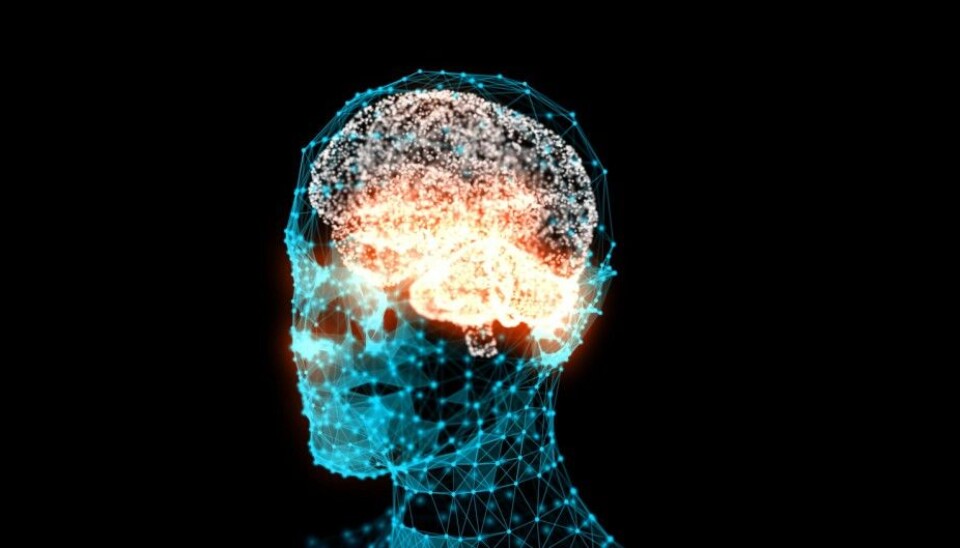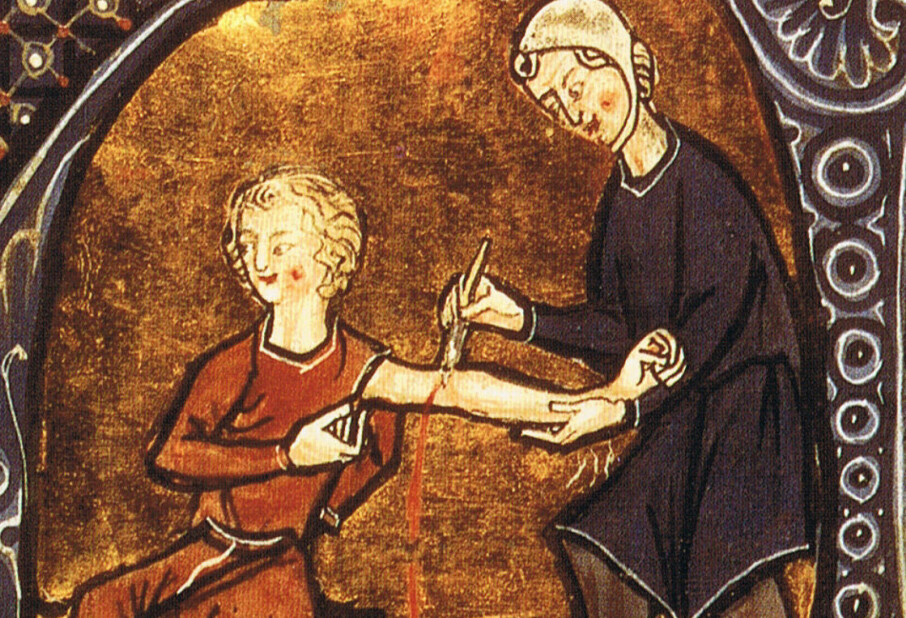
Uncovering epilepsy’s hidden secrets
One in three people with epilepsy are not helped by today’s medicines. Researchers in Oslo are pursuing new drugs that might change that.
Thirty different medications are currently used to treat epilepsy. They may help prevent seizures or decrease the number of attacks. In many people, the drugs may control or inhibit seizures, or the seizures may simply go away. But for fully one-third of patients with epilepsy, these drugs don’t work at all.
"The name anti-epileptic medicine suggests that the drugs actually prevent epilepsy, but there is no single medicine on the market that stops the disease itself. If we discover the mechanisms that drive the process, that could actually lead to the world's first real-world anti-epileptic," said Professor Erik Taubøll, Head of the Epilepsy Research Group at the Oslo University Hospital.
"Support cells" may be key
Epilepsy results from a disturbance in the electrical signals from the neurons in the brain.
In addition to nerve cells, the brain also contains large number of cells called glial cells. It was once thought that glial cells mainly played a support role, but in recent years it has become clear that they have a number of different functions in the brain.
"There has been a lot of focus on the synapses, which form the contact between brain cells. But researchers have overlooked glial cells," says Kjell Heuser, a physician and researcher at the University of Oslo.
Heuser has studied these cells in connection with epilepsy, and believes there is evidence to suggest that they may play an important part in the development of the disease.
“In people with epilepsy you see changes and increases in the number of glial cells,” he said.
“After a stroke, a person may develop what is called a glial scar, where there is an accumulation of glial cells. We can also see epileptic activity in this area. Glial scars are also found in other epilepsy forms that are typically difficult to treat with today's anti-epileptics, such as temporal-lobe epilepsy,” Heuser said.
When Terese disappears
Terese Thue Lund is 31 years old and has temporal-lobe epilepsy. This is a less well-known type of the disease, but it is not uncommon. It can cause unusual behaviour and intense emotions and feelings in the affected person. People with the disease may be completely unconscious during an attack or somewhat conscious.
“Many people associate epilepsy with seizures, where you fall on the ground and lose consciousness. But I almost never have this kind of attack. I like to say that epilepsy cases are like personalities, they have many similarities, but they can be widely different from person to person,” Lund said.
Only about thirty per cent of people with epilepsy have seizures, the characteristic that is most strongly associated with the illness. The type of epileptic attack is determined by where in your brain the disturbance occurs.
Terese had her first epileptic attack in 2008, when she was 22. She was on the bus on her way home. Suddenly, she got a far-away look in her eyes and repeatedly referred to the elderly woman sitting next to her as "mom."
“She took my arm, I still remember the feeling, and then she said, ‘Dear, I'm not your mother’,” Terese said.
This episode ended with Terese being transported to the hospital in an ambulance.
“During an attack, I can often be very determined. For example, I can get very angry and keep on asking where a person is. That’s when I'm not aware of who I am; ‘Terese’ is gone,” she said. “I can act like a real jerk.”
Misdiagnosis can be a problem
It took some time before Terese got the correct diagnosis. She was first diagnosed as having a mental illness, but she knew, basically, that this was something different.
Eventually the doctors found the epilepsy, deep inside her brain.
Chief physician Kjell Heuser believes many patients do not get the right diagnosis or treatment.
"There are probably a number of undiagnosed epilepsy patients who are in psychiatric departments. The signs can be subtle, and there are probably some patients that are not detected,” he says.
Peering into the brains of mice
Heuser and his research team are now investigating what happens to both nerve cells and glial cells during epileptic seizures in mice. They can study this by looking directly into the brain of mice during a seizure.
In addition to these trials, Heuser and his team have a project in which the mouse brain is examined in a mini-MR machine made especially for rodents. This allows the researchers to study the development of epilepsy over time.
He and his team will also test drugs that slow the development of epilepsy, and especially the development of glial scars.
-------------------------------------
Read the Norwegian version of this article at forskning.no
































